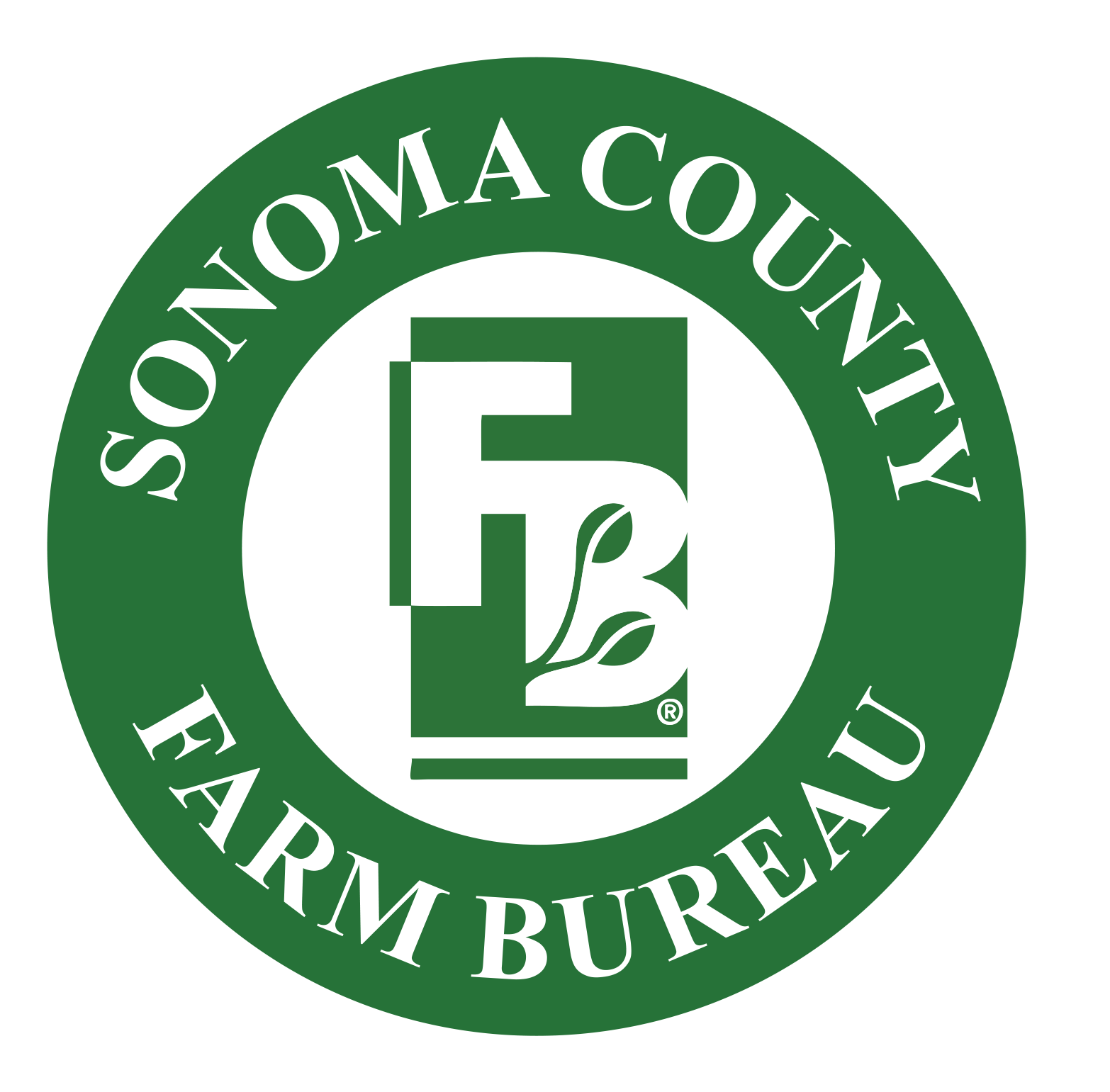County Corner: Fighting to protect farming on California coastlands


As with most county Farm Bureaus, Sonoma County has no shortage of hot topics requiring close attention and advocacy from agriculture. However, I hope other counties are not simultaneously inundated with new regulations, proposed ordinances or county-driven programs as we are in Sonoma.
We have been juggling an update to the county’s tree ordinance, in which the only significant change is removing exemptions for agricultural activities. We are facing revisions to the county’s water well construction ordinance to consider requirements under California’s Public Trust Doctrine, which inevitably creates unfair burdens on rural and agricultural parcels. We have also been engaged as Sonoma County established its Agricultural Access Verification Card Program. Unfortunately, the Board of Supervisors’ design for that program, which allows vetted individuals access to agricultural properties during wildfires and other emergencies, falls short and is not useful in its current form.
Also concerning is Sonoma County’s Local Coastal Plan. Written in 1981 and last amended in 2001, it is being updated with a pending vote by the Board of Supervisors set for April 4. Unfortunately, the process to update the plan has been devoid of meaningful engagement with agricultural stakeholders and, frankly, the coastal community at large. Under a tight timeline, Farm Bureau members, board leadership and staff are focused on presenting concerns to the board. We seek to slow down the approval process so that supervisors can correct poorly crafted measures in the plan that threaten agriculture’s existence along the Sonoma Coast. If these misguided policies are allowed to trickle into the local plan in Sonoma County, that could set a negative precedent for the entire California Coast.
The most glaring point of contention among them is the use of the term “Agricultural Enterprise” in place of “Agricultural Operation,” with the intent to prevent property owners who do not have a legitimate agricultural operation from garnering exemptions, protections and support under an agricultural status. To clarify, under the Sonoma County Right to Farm ordinance, the definition of an agricultural operation encompasses all aspects of agriculture including production, processing and delivery of products to market. Essentially, an agricultural enterprise derives its primary and principal income from the production of agricultural commodities for commercial purposes.
Besides the fact that no one should have to prove their legitimacy based on income, most livestock grazing operators in Sonoma County rely on nonagricultural jobs to survive. This doesn’t stop them from being legitimate ranchers who provide food and products to consumers. The county’s wording for the coastal plan could force livestock operations out of business or require operators to file for certain tax statuses to meet the county’s definition of an agricultural enterprise or producer. Neither outcome is acceptable.
There are several more prescriptions within the proposed plan update that would prohibit the ability to adequately conduct agricultural practices, mainly grazing. Proposed changes would add requirements for use permits to build fences, unless the construction replaces existing structures or the property qualifies as an agricultural enterprise.
There is also the desire to prohibit fencing within riparian habitats except where necessary for public safety, wildfire risk abatement, habitat protection or restoration. There is no exception for livestock uses that would promote compliance with federal, state and regional laws for protecting water quality and natural resources. Furthermore, to be allowed by the county, fencing must permit the free passage of wildlife. The proposal calls for wildlife friendly fencing to be no more than 40 inches tall and no lower than 16 inches, with wooden rail, mesh or chain link to be used over wire fence tops that could result in entanglement by wildlife.
Agriculture in Sonoma County has long been a principal permitted use under the county’s Resource and Rural Development zone classification. The Local Coastal Plan draft would demote farming and ranching in the zone classification to a nonprincipal permitted use, inconsistent with permitted use under both the county’s coastal zoning code and general plan.
Is your head spinning yet? These are all direct attacks on Sonoma County agriculture, and it is important to note the glaring intent to repeal the rights of private property owners for the uninhibited ability of the public to access the coast via trails through private property. The Local Coastal Plan proposal fails to consider effects of discouraging livestock grazing for vegetation management. Grazing reduces fuel loads and fire danger,which is reason enough to enhance agriculture on the coast. Adopting the plan as written will diminish critical habitat, promote fuel loads, eradicate livestock production and diminish private property rights.




